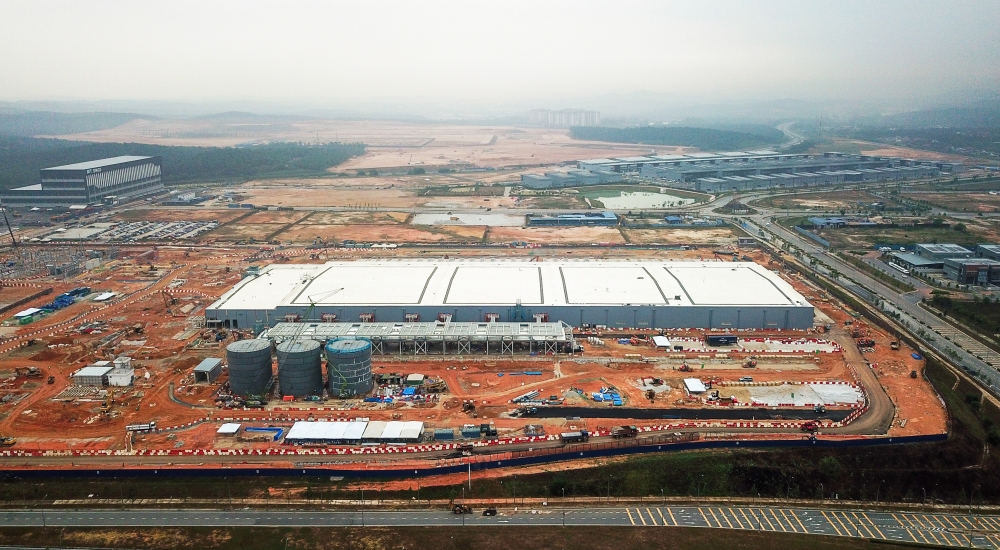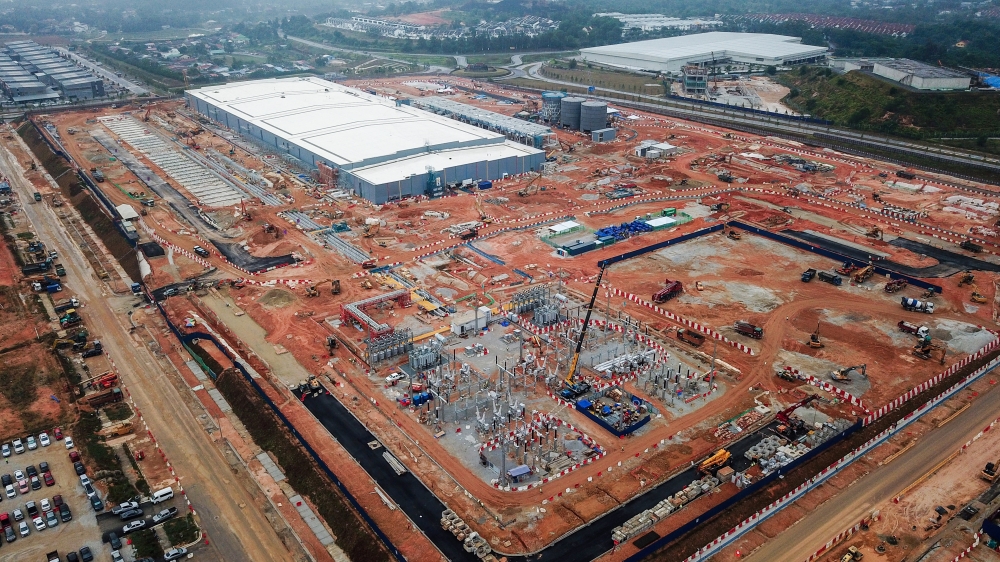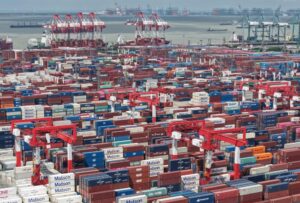KUALA LUMPUR, Aug 27 — Data centres have a colossal thirst for water, that much is well-known.
What’s less obvious is the pressure they exert on the local water supply, particularly in states like Selangor, where reserve margins in some districts are already stretched thin.
This raises the question: how will new large-scale facilities draw from the same limited resources?
One example is taking shape on a 51-hectare site at Selangor‘s Elmina Business Park. This is where Google’s first data centre in Malaysia is currently under construction and slated for completion in early 2026. Yet public details on its water and power use remain scarce.
Garasi Bernama uncovered more through a research note by RHB Investment Bank. Phase 1 of the project is designed for 100MW, while Phase 2 could add another 200-250MW — indicating that both facilities would be hyperscale data centres.
Once both phases are operational, the combined capacity will reach an estimated 300 to 350MW — enough to power Kuantan city.
While the energy demand sounds massive, hyperscale data centres require this level of power to run tens of thousands of servers.
What are data centres?
The world today runs on AI processes, cloud computing and real-time connectivity.
The data that powers this are stored in millions of servers worldwide. These data centres operate non-stop, because a pause of even seconds could disrupt digital services around the world and cause billions of dollars in losses.
But keeping this virtual backbone alive comes at a cost. These facilities consume electricity and water at staggering rates.

An aerial view shows Google’s first data centre under construction at Elmina Business Park, Selangor August 26, 2025. The hyperscale facility will cover 51 hectares and is scheduled for completion in early 2026. — Bernama pic
Why are data centres so thirsty?
Most of the energy consumed by a data centre goes into cooling — a critical yet resource-intensive process. As processor functions generate heat, temperatures in server rooms can rise quickly. This can put equipment at risk of slowdown or even shutdown.
This makes cooling one of the biggest energy drains in data centres, often accounting for around 45 per cent of total power use.
To maintain optimal performance, data centres often use water-based cooling systems that draw heat from servers, then expel the warmed water as liquid or vapour to carry the heat out of the building.
Fresh water must constantly be added to replace what’s lost, resulting in large-scale daily water use.
Hyperscale data centres, operating at much higher capacities, are typically the most water-intensive of all.
While there are cooling methods that require no water — such as air-based cooling — many data centres still resort to water cooling due to performance advantage.
“It’s crucial to acknowledge that water-based cooling solutions generally offer superior energy efficiency due to their ability to achieve lower temperatures,” says C.K. Tang, who heads the Green Building Index Data Centre Tool Development Committee.
“For data centres, energy cost is a major operational expense, so even marginal improvements in energy efficiency can save a lot on operating costs.”
But how much water would a hyperscale facility — like the one being built in Elmina Business Park — need for cooling purposes?
We reached out to the state water operator, Pengurusan Air Selangor Sdn Bhd (Air Selangor) to find out if Google had submitted a water supply allocation request for the facility.
Its CEO Adam Saffian Ghazali confirmed that they had, but could not disclose the volume.
“While the specific daily volume remains confidential, it represents a substantial demand,” he tells Bernama.
But how much is “substantial?”
A 2025 report by the International Energy Agency (IEA) revealed that an average 100 MW data centre in the US consumes around 2 million litres per day (MLD).
This means that a hyperscale facility that operates with a combined capacity of 350 MW could require around 7 MLD.
That’s the equivalent to the average daily water use of around 31,111 Malaysians.
But over a year, this would mean the upcoming Google data centre in Selangor could consume an estimated 2.56 billion litres of water.

An aerial view shows Google’s first data centre under construction at Elmina Business Park, Selangor August 26, 2025. These data centres operate non-stop, because a pause of even seconds could disrupt digital services around the world and cause billions of dollars in losses. — Bernama pic
Can Selangor handle this?
In the Ministry of Investment, Trade and Industry (MITI)’s “Sustainable Development of Data Centres” guidelines, operators are encouraged to avoid water-stressed regions by selecting sites with a Water Stress Index (WSI) below 0.8.
The WSI compares how much water is being used to how much is naturally available. A WSI above 0.5 signals high water stress, meaning water demand is approaching or exceeding what the environment can sustainably provide.
To better understand how the rapid expansion of the data centre industry might affect the water stress level in Selangor, Bernama consulted the National Water Research Institute of Malaysia (NAHRIM).
NAHRIM uses projections based on global climate scenarios outlined by the Fourth Assessment Report of the Intergovernmental Panel on Climate Change to predict how water stress levels shift over time.
These scenarios account for different rates of economic growth, population change and environmental pressures — including those from high-resource industries like data centres.
Using these projections, NAHRIM mapped future water demand and supply across Peninsular Malaysia for the years 2015, 2020, 2030, 2040 and 2050.
Given the wide range of uncertainties in climate modelling, Bernama’s report refers to one of NAHRIM’s composite scenarios. This scenario, known as AVG 14, reflects a mid-range outlook drawn from multiple possible futures.






